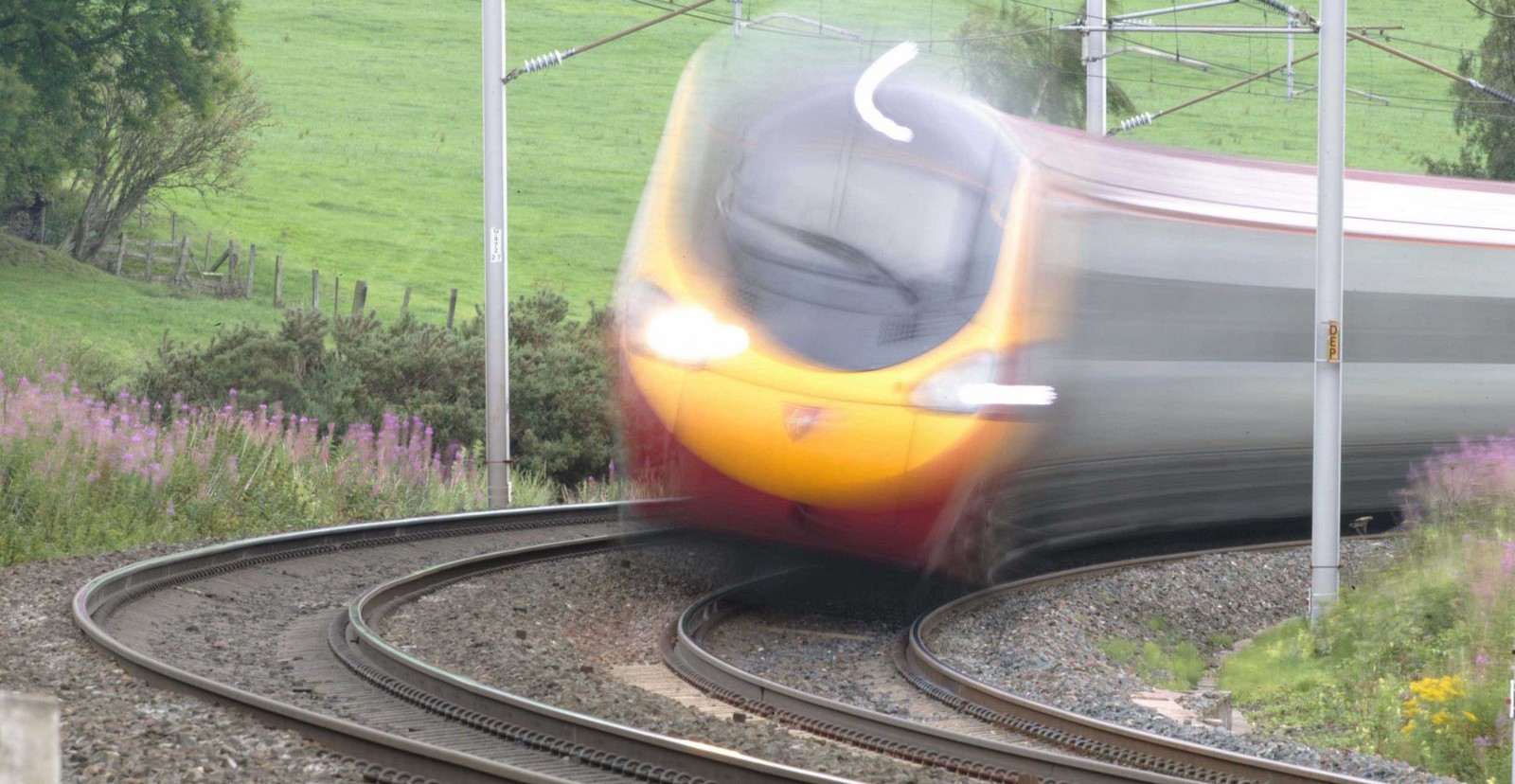Bungendore to Mt Fairy

North of Bungendore, the line encounters rolling countryside with a few substantial hills that must ideally be avoided. There are fewer sections of the existing alignment with minimum radius under 1000m (the smallest radius at which 200km/h is possible with tilting trains). We are therefore able to use the existing …








